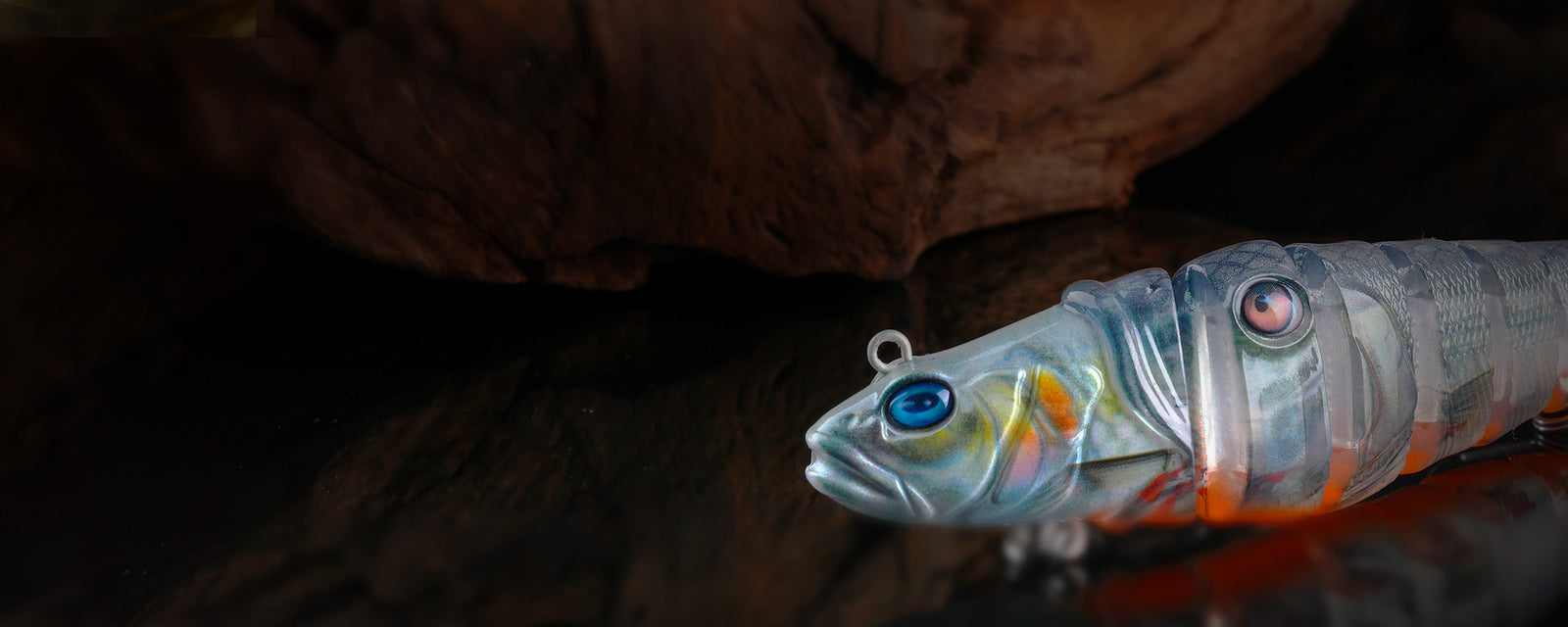Unlock the Secrets: Discover the Ultimate Lures That Will Revolutionize Your River Fishing Game!
When it comes to river fishing, the right lure can make all the difference between a frustrating day and a successful outing. Selecting the best lures for river fishing not only enhances your chances of catching fish but also elevates your overall experience on the water. Imagine the thrill of reeling in a big catch after a well-executed cast! With an array of lures available—from flashy spinnerbaits to subtle soft plastics—each designed to mimic different types of prey, it’s crucial to understand which lures work best under varying conditions. In this article, we’ll explore the most effective lures for river fishing, how they attract different fish species, and techniques to use them effectively. Get ready to unlock the secrets that will make your next river fishing adventure truly unforgettable!

Understanding River Fishing Lures
River fishing lures are specially designed tools used to attract fish by mimicking the movement, color, and sound of their natural prey. The right lure can entice fish like trout, bass, and catfish to strike, increasing your chances of landing a catch. Factors that influence the selection of lures include water clarity, temperature, current flow, and the time of year. Additionally, understanding fish behavior—such as their feeding habits and preferred depths—can help you choose the most effective lure for your fishing excursion. Personal preferences also play a role; some anglers swear by certain lures based on their past successes. Whether you’re a seasoned angler or a newcomer, knowing how to select and use lures effectively can significantly impact your fishing success.
Types of Lures for River Fishing
When it comes to river fishing, various types of lures stand out, each offering unique advantages. Here are some of the most effective lures to consider:
1. Spinnerbaits
Spinnerbaits are a favorite among river anglers due to their versatility and effectiveness in various conditions. They consist of a weighted head with one or more spinning blades that create vibrations and flash in the water. This movement attracts fish by simulating the appearance of injured baitfish. They work exceptionally well in murky water, where visibility is limited, and can be used in fast-moving currents. I remember a fishing trip with a friend, where he caught a hefty bass using a spinnerbait in a rapid river section, proving just how effective these lures can be.
2. Crankbaits
Crankbaits are hard-bodied lures that dive to various depths when retrieved, mimicking the swimming action of baitfish. Their design can vary significantly, with some featuring rattles to create sound underwater. Crankbaits are particularly effective for targeting specific species, as they can be designed to mimic the natural prey of fish like pike and walleye. The key is to match the crankbait's depth with the feeding layer of the fish, which can often change throughout the day based on water temperature and time of year.
3. Jigs
Jigs are incredibly versatile lures that come in various shapes and sizes, making them suitable for different river conditions and fish species. By simply adding a soft plastic trailer, jigs can mimic everything from crawfish to minnows. The effectiveness of jigs lies in their ability to be fished at various depths and retrieved in multiple ways, such as hopping along the river bottom or swimming through the water column. I’ve witnessed firsthand how a well-placed jig can entice even the most elusive fish on a slow day.
4. Soft Plastics
Soft plastics are another excellent choice for river fishing, offering a lifelike appearance and movement that can be irresistible to fish. These lures come in various shapes, including worms, lizards, and grubs, each designed to imitate specific prey. They are particularly effective when fished on a jig head or Texas rig, allowing for versatile presentations. Their flexibility allows for subtle movements that can be very enticing in calm or clear waters, making them a go-to choice for many anglers.
5. Topwater Lures
Topwater lures are designed to float on the surface and create commotion or splashes to attract fish. This type of fishing can provide some of the most exciting moments, as you can visually see fish strike at your lure. Timing is critical when using topwater lures; early mornings and late evenings tend to yield the best results, as fish are more active during these times. I’ll never forget the adrenaline rush of watching a fish explode on my topwater lure during a serene river sunset, a moment that perfectly encapsulates the thrill of river fishing.
Techniques for Using Lures in Rivers
Using lures effectively in rivers requires a combination of technique and adaptability. Start by understanding the flow of the river; faster currents may necessitate heavier lures to maintain contact with the bottom. Retrieving methods can vary based on the lure type, but common techniques include steady retrieves, stop-and-go actions, and erratic movements that mimic injured prey. Timing is also essential; fish are often more active during specific times of the day, and adapting your technique based on their activity level can lead to better results. Moreover, pay attention to the structure of the river, such as rocks, logs, and eddies, where fish often hide. Experimenting with depth and retrieval speed can help you discover what works best in different conditions.
Maximizing Your River Fishing Success
In summary, understanding the best lures for river fishing is crucial for enhancing your fishing success. From spinnerbaits and crankbaits to jigs and soft plastics, each lure type offers unique advantages that can attract various fish species. By mastering the techniques for using these lures effectively, you can adapt to changing river conditions and fish behavior. I encourage you to experiment with different lures and techniques to discover what works best for you. Remember, the thrill of river fishing lies not just in the catch but in the journey of mastering the art of lure selection and presentation.







